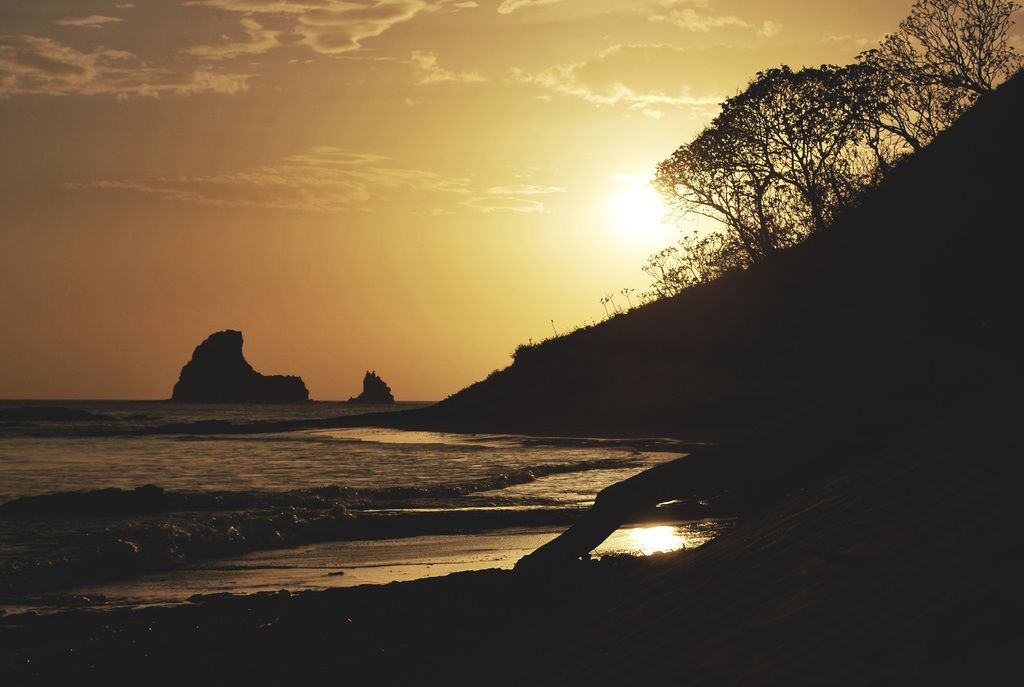Understanding Hurricane-Related Sea Level Increases and Safety Measures for Affected Regions
Hurricane Storm Surge Explained
Stay informed as we break down the science behind hurricane storm surge, diving into critical factors that contribute to this powerful and destructive natural phenomenon. To best understand this complex process, let's focus on four crucial components: low-pressure systems, wind-driven waves, coastal geography, and the impact of a hurricane's forward speed.
Low-Pressure Systems
At the heart of a hurricane lies a low-pressure system, which significantly drops in pressure as the storm strengthens. This drop in pressure leads to an increase in local sea levels, better known as the inverse barometer effect. For example, during Hurricane Katrina (2005), this pressure-induced lift played a significant role in the flooding seen in New Orleans, highlighting the critical relationship between pressure dynamics and flood risks.
Wind-Driven Waves
Strong winds associated with hurricanes are key players in intensifying the storm surge. These form towering waves that significantly elevate the overall height and impact of the storm surge. During Hurricane Harvey (2017), the wind-driven waves that made landfall in Texas amplified the surge's height, illustrating the vital connection between wind speed and storm surge.
Coastal Geography
The geographical features of coastal regions significantly influence the effects of a storm surge. Coastal areas with concave shapes may direct water into bays or inlets, leading to markedly higher surges. Low-lying regions, such as parts of Bangladesh or Florida, are particularly vulnerable to severe flooding caused by storm surges. During Hurricane Sandy (2012), New York City experienced severe flooding due to its unique coastal geography.
Hurricane's Forward Speed
The forward speed at which a hurricane travels plays a role in determining the severity and duration of the storm surge. A slower-moving hurricane can cause flooding to last longer, as water levels can rise at a gradual pace. Conversely, a rapidly moving hurricane may generate shorter but potentially more intense surges, due to the sudden impact of water being propelled ashore.
Ultimately, understanding the intricate relationship between these factors is vital for effective forecasting and emergency preparedness measures. By anticipating the behavior of hurricane storm surges, communities can better prepare for and respond to these natural disasters.
- During evacuation processes, it is crucial to gather essential supplies such as food, water, and first-aid kits to ensure health and wellness during the disaster.
- Developing resilience in communities through training programs can enhance response capabilities during natural phenomena like hurricanes, promoting health and medical welfare of population affected.
- Following a disaster, the science of health-and-wellness and medical-conditions often become pivotal concerns for communities, demanding immediate attention.
- References to geographical features like coastal geography are important during disaster response since particular geographies may increase the severity of storm surges.
- In disaster-prone areas, strategic power supply networks and infrastructure investments can aid in the distribution of food, water, and emergency services during evacuation.
- In order to support sustainable disaster recovery and rebuild community resilience, continued research and knowledge in the field of science and urban planning can provide valuable insights.
- It is essential for communities to remain vigilant, receiving updates on weather forecasts and keeping up with best practices for disaster preparedness to ensure everyone's survival during hurricane events.




